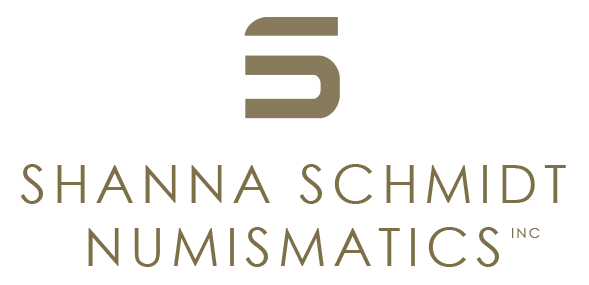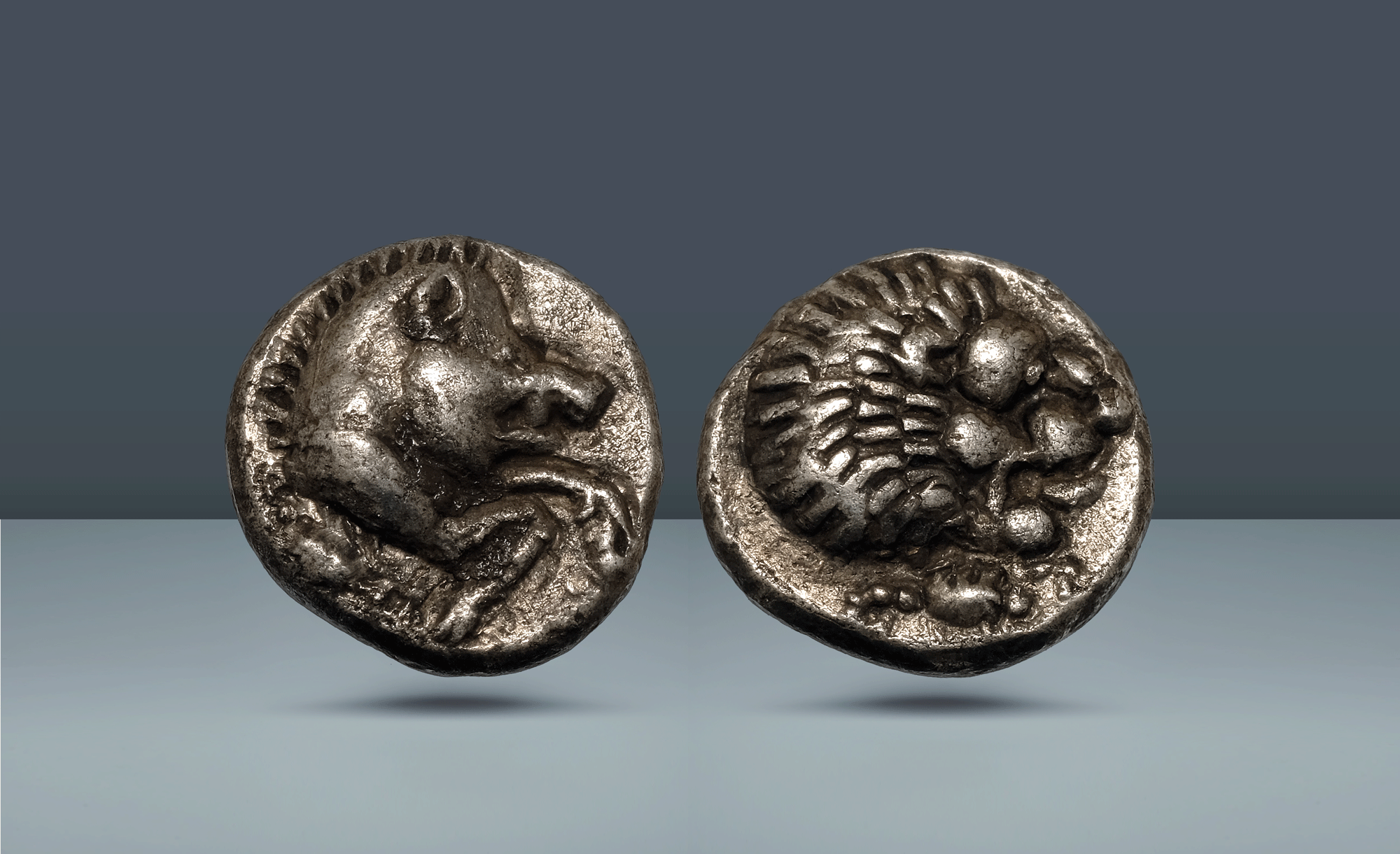Seleucid Empire, Eastern Satrap. Andragoras (?). c. 3rd century BC Northern Persia, c. 260 - 250 BC
Seleucid Empire, Eastern Satrap. Andragoras (?). c. 3rd century BC Northern Persia, c. 260 - 250 BC
AR Diobol, 1.05g (10mm, ).
Forepart of a running boar / Head of a roaring lion to the right, below a scorpion
Grade: Extremely rare with scorpian symbol in exergue. Nicely struck with some toning. EF
gk1793
Scroll down for more information about this coin.
The placement of these coins remains a mystery but similarities between the lion/boar motif from Asia Minor, specifically Cyzicus, are obvious. The following excerpt comes from a Gorny & Mosch catalog and properly lays out the possibilities.
The boar/lion diobols incorporate motifs from Asia Minor - the similarities with silver coins from Cyzicus (by Fritze II 9-16) are particularly strong. The first of these diobols was found in the Mir Zakah I hoard in 1947; In 1973, another turned up in an Afghan hoard that also contained Athenian imitations, which Taylor classifies as early emissions of Andragoras. Some boar/lion coins feature a grape symbol and monogram, which also appear on the Athenian imitations. This suggests that the coins could have been minted at the same time as the Athenian imitations, and as smaller denominations they would have completed the early Parthian coinage system. It is also possible that the boars/lions are older than the Athenian imitations; see Tandon, Are these the earliest Greek Coins of Bactria?, RN 178, 2021, who describes them as emissions from the Branchids in Bactria (5th/4th century BC).

